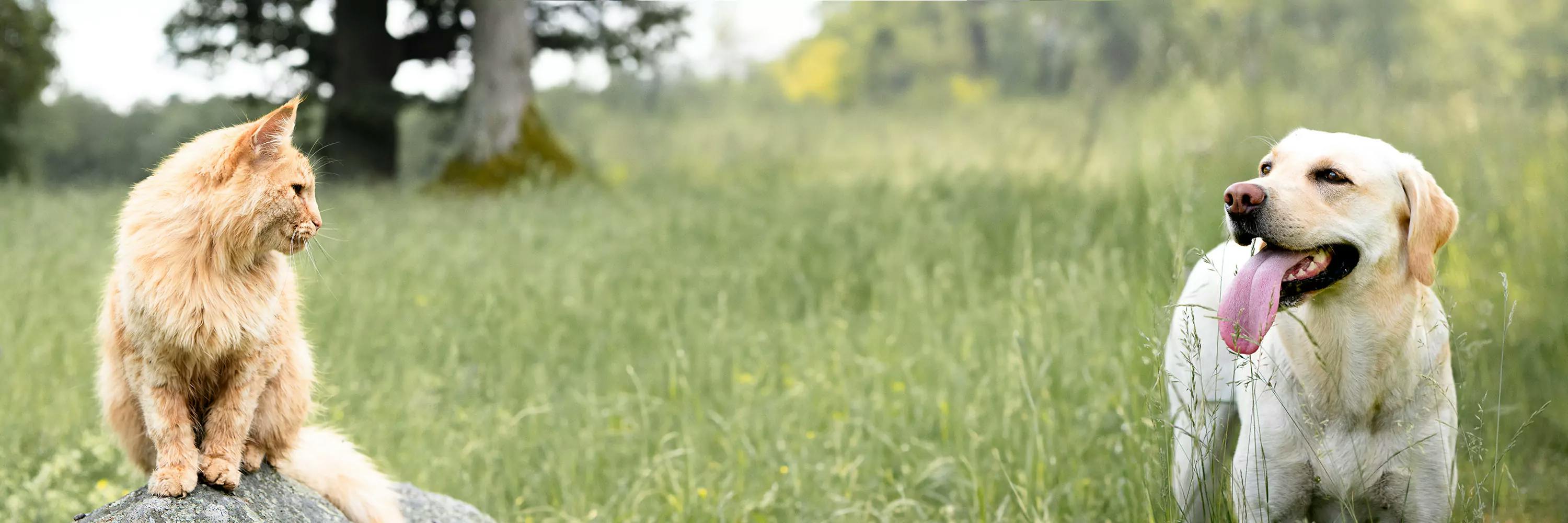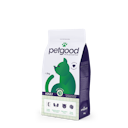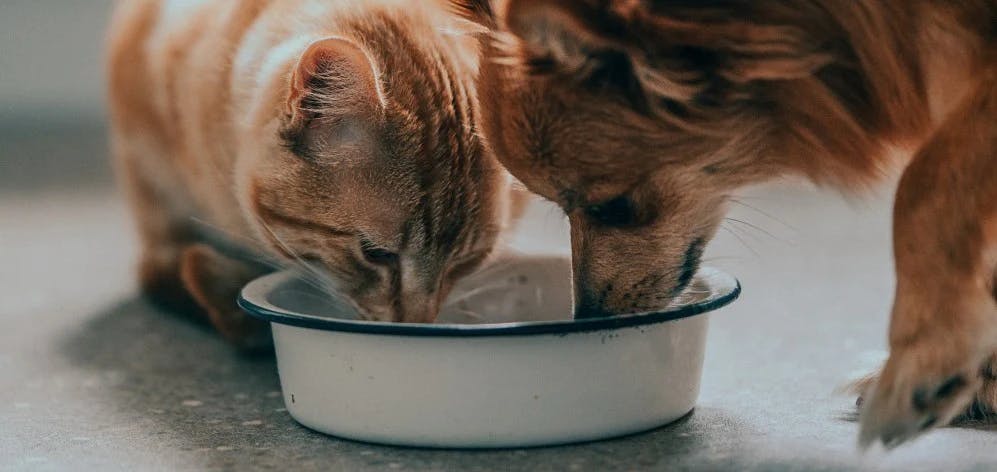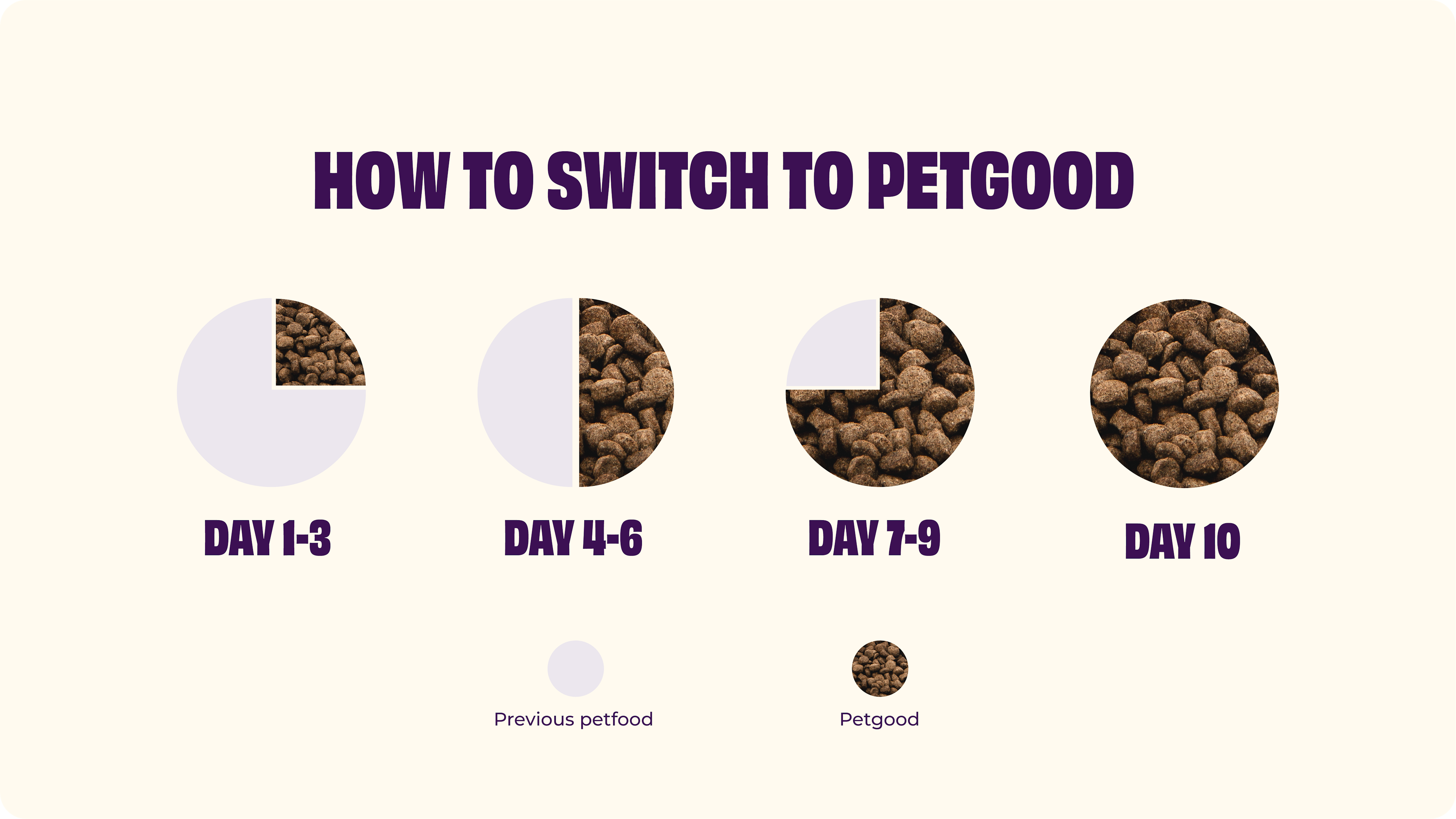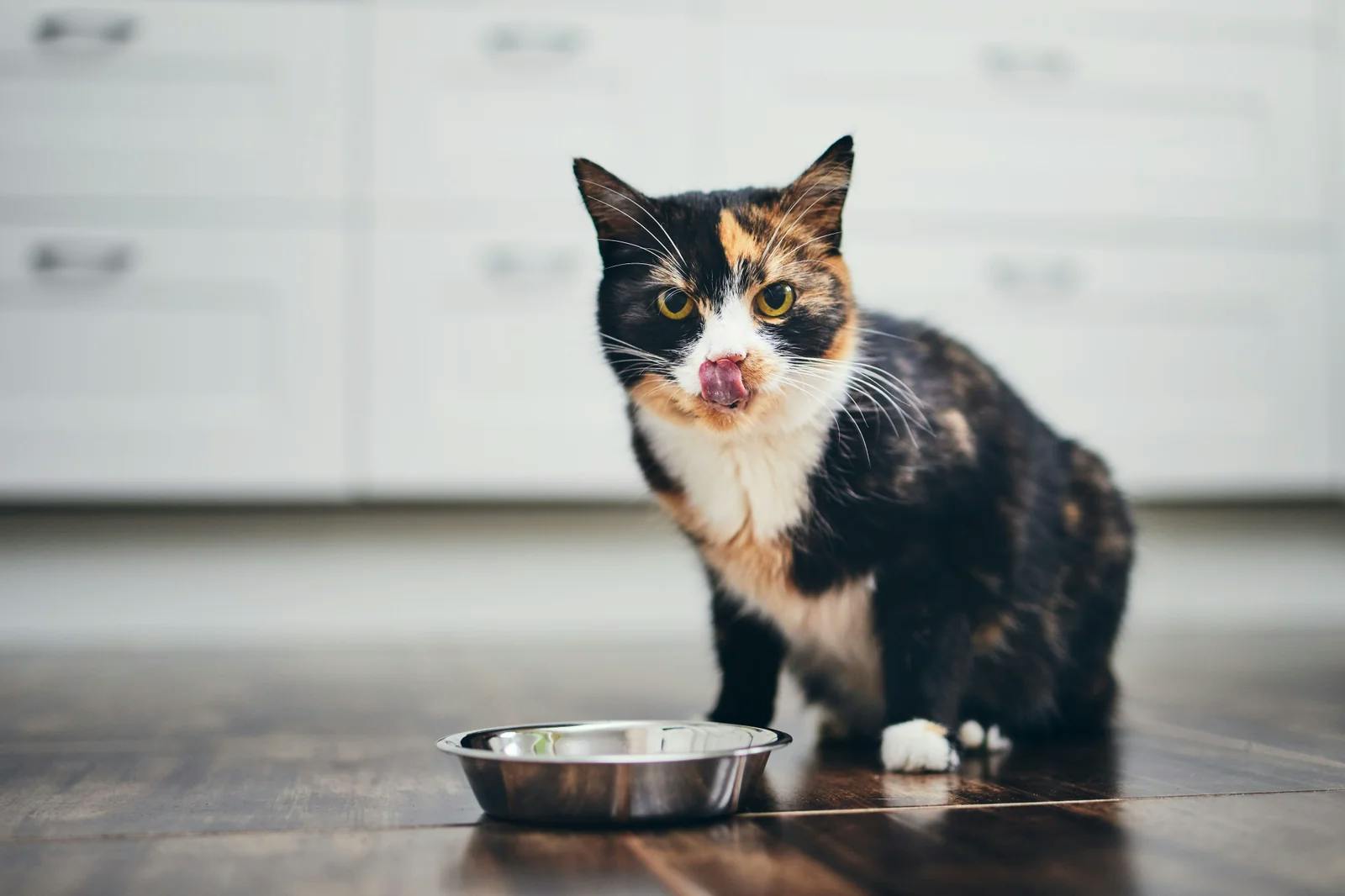Active location:
Select your country:

Allergy food & insect protein for cats
We get many questions about whether our cat dry food can be used as an allergy feed. Here we explain some concepts about allergy, what types of allergy food are available and explain why an insect-based food might work well for food allergic cats. Remember that if you have cat that is on allergy food, hypoallergenic food or is under allergy investigation, you should always consult your veterinarian before making changes to the cat's food and routines.
In this article we will talk about:
What are the most common allergies in cats?
What symptoms can be caused by allergies?
What is an allergy investigation?
What is the difference between hydrolyzed feed and hypoallergenic feed?
Can petgoods insect-based feed work?
What are the most common allergies in cats?
Allergies in cats can be simply divided into two categories: food allergy or atopy. Atopy is an allergy to something in the environment, such as pollen, grass, mites or mold. We will only go into food allergy here, but keep in mind that the cat can have both food allergy and atopy at the same time, or just one. This sometimes makes it difficult to get a diagnosis of exactly what the cat is reacting to.
When it comes to food allergies, it is most common for the cat to be allergic to one or more protein sources. According to a study by Mueller et al (2016), the most common dietary allergens are beef, fish, chicken and wheat. In these situations, an allergy food or a hypoallergenic food may be appropriate for the cat.
Which symptoms can be caused by allergies?
The most common symptoms in cats are dermatological symptoms such as itching, rashes and skin irritation. It often shows up through excessive grooming where the cat washes away fur, or gets sores and rashes around the neck, ears or face.
What is an allergy investigation?
If you suspect that your cat is allergic, it is recommended that you start an allergy examination with a veterinarian. If it is suspected that your cat has a food allergy, an elimination diet is a step towards finding out what your cat is allergic to. In these diets, allergy food with hydrolyzed protein is often used. The goal is to find out if your cat is allergic to food, and if so, which allergens the cat reacts to.
If your cat is undergoing an allergy investigation and specifically is on an elimination diet, do not change the food without first consulting your veterinarian!
What is the difference between hydrolyzed feed and hypoallergenic feed?
A hydrolyzed protein is a protein that is broken down into tiny tiny pieces. Thanks to this, the allergic cat's immune system does not react to it. This means that allergic cats can often tolerate different types of hydrolysed allergy food, and these are therefore used in elimination diets.
The term hypoallergenic does not have an established definition and is used in different purposes, and can therefore be a bit confusing to the customer. Most often, what is meant is that the protein is from a more unusual source, and therefore has a lower risk of causing allergic symtoms. It could mean that the protein is hydrolysed, but there is no guarantee. Some manufactures also use the term hypoallergenic meaning that their product contains only one protein source, which can also be referred to as single protein.
Can petgood's insect-based feed work?
If a food allergy has been established with an elimination diet, the next step is usually to try to introduce a new protein source to evaluate if the cat will tolerate it. Insect protein is a new, unusual source of protein that most cats has not been exposed to. Because of this, the risk of the immune system reacting to the protein is lower. Insects are the only animal ingredient in the petgood diet. Our diet is not hydrolysed.
There is no food that will work for 100% of all allergic cats, because all individual cats diagnosed with allergies are unique and will have different needs. According to current research on dogs, there is a potential of cross-reactions between insect species, which means that dogs with mite allergies can also potentially react to insects-based pet food. This is an area of growing research, and owners of mite-allergic cats should be aware that there is the potential for their cat to also react to insect-based pet food.
And last but not least, we always recommend that owners of cats with diagnosed allergies consult their veterinarian before making any changes in diet, treatment, or other routines for their cat!
References


